Medline Urinary Drainage Bag Overview
Medline Urinary Drainage Bags are vinyl bags that work in tandem with catheters to collect urine from users with urinary-related health conditions. These bags have an anti-reflux device option that helps prevent the backflow of urine into the drainage tube for user safety and comfort. This can help prevent infection. The MedLine Urinary Drainage Bags anti-reflux feature is designed sensibly without mechanical parts to prevent flow hindrance. The MedLine Urinary Drainage Bags also have a mylar valve that allows users to clearly see the flow of urine.
In addition to these benefits, the hanger portion of these items is reinforced for added security. There is also a drain tube guide that helps prevent potential kinks. An adjustable bed sheet clamp is also included for security purposes. Several of these items' sample ports give access to luer-lock syringes (DYND25205, DYND25205H, DYND25405S, DYND25405SH, URO25205V, URO25205VH). Other items accept blunt cannulas. Both metal clamp and slide tap options are available. The slide clamp option gives users the ability to drain the bag with just one hand. Both sterile and nonsterile options are available. Devices are nonsterile if the slide tap option is used.
Product Features and Benefits
- Anti-Reflux Protection Optional
- Anti-Reflux Device Features a Mylar Valve
- Anti-Reflux Mylar Valve Allows Users to See Urine Flow
- Anti-Reflux Valve Minimizes Back Flow
- Heavy-Duty Hanger
- Anti-Kink Drain Tube Guide
- Adjustable Bedsheet Clamp
- Metal Clamp and Slide Tap Versions Available
- Slide Tap Option for One-Handed Drainage
- Sample Ports Accessible by Blunt Cannula or Luer-Lock Syringe
- Sterile Optional
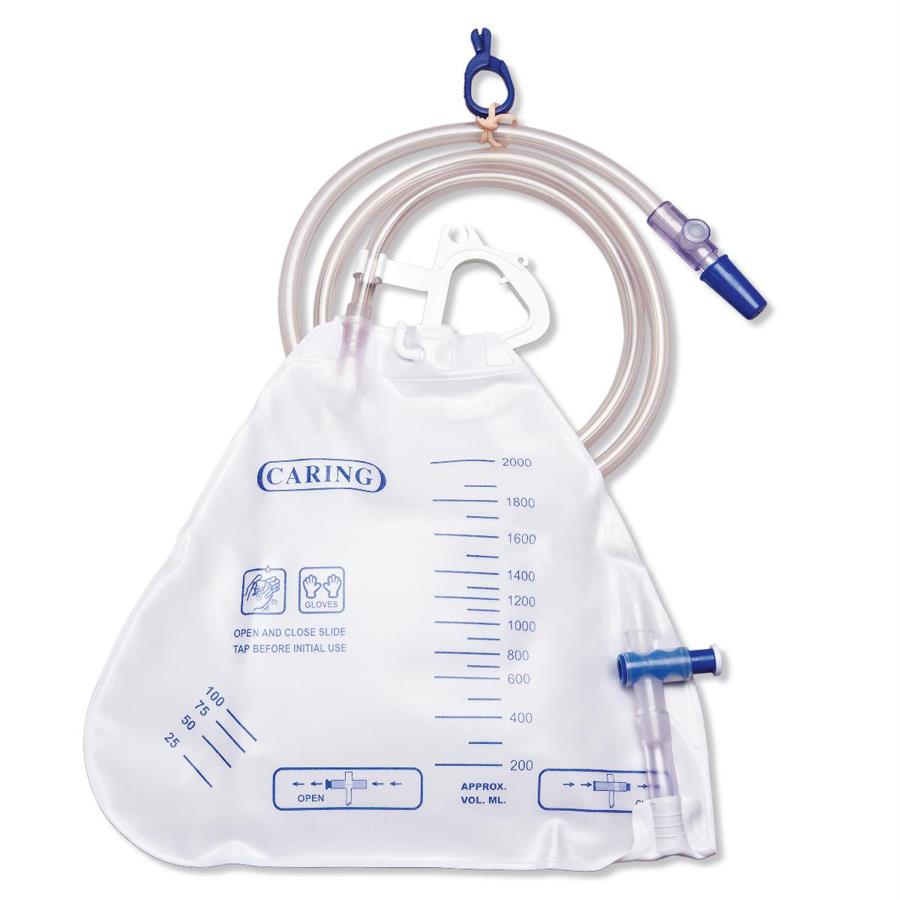
Which Medline Drainage Bag Is the Right One for Me?
Each of the selections provided have slightly different features. Users will want to consider the following as they make their selection:
- Liquid Capacity (2000 mL or 4000 mL)
- Drainage Style (One-Hand Slide Tap or Standard Metal Clamp)
- Sample Access Port Type (Luer-Lock or Blunt Cannual)
- Sterility
- Quantity
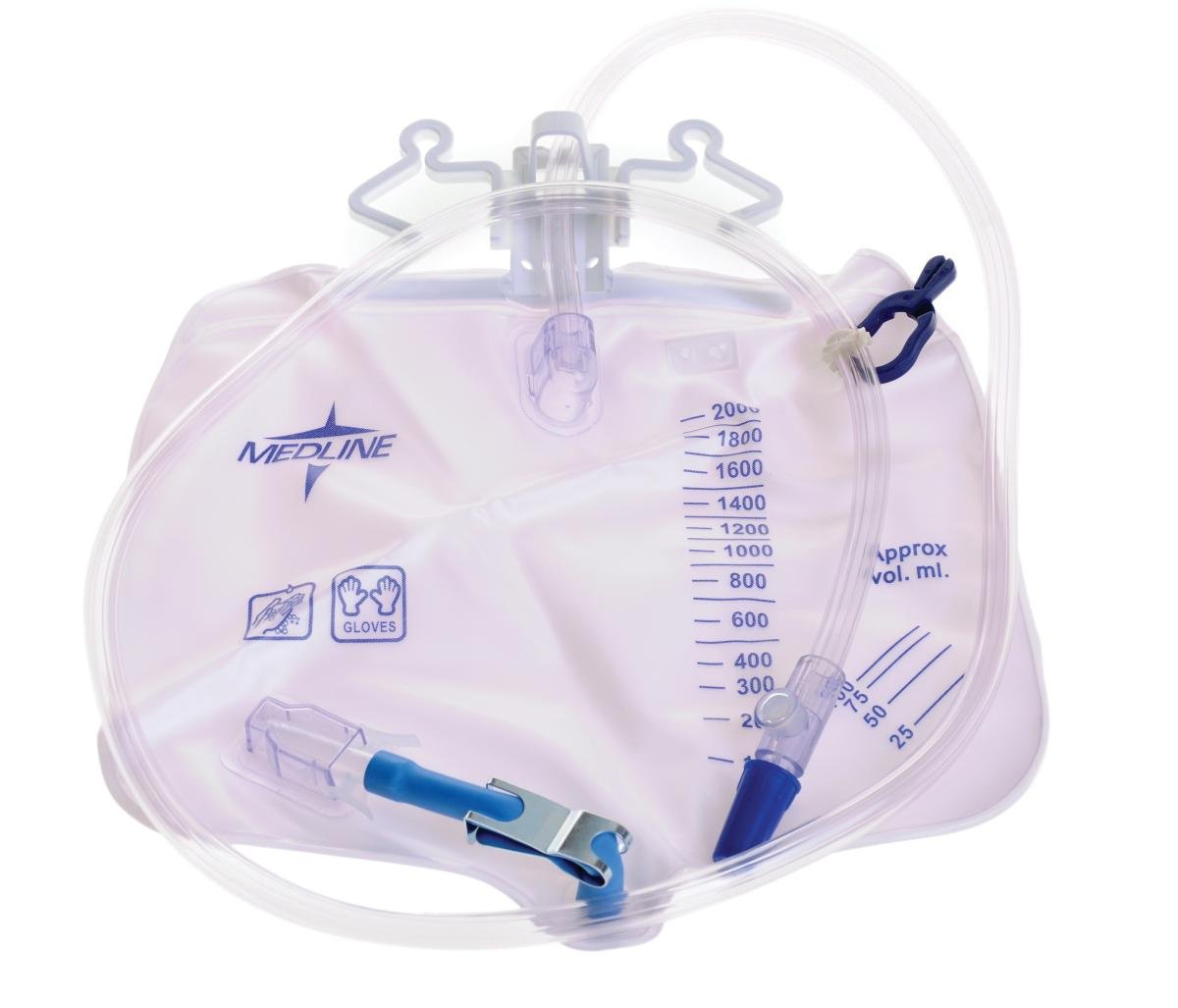
Who Would Find This Product Useful?
Users with the following conditions or needs may find this product useful:
- Urinary Retention (Unable to Urinate)
- Bladder Outlet Obstruction
- Incontinence (Leakage)
- Post-Surgical Recovery
- Pre-Surgical Preparation
- Critical Illness and a Need for Accurate Urine Output Measurements
- Perineal or Open Sacral Wound Recovery
- Prolonged Immobilization Due to Injury
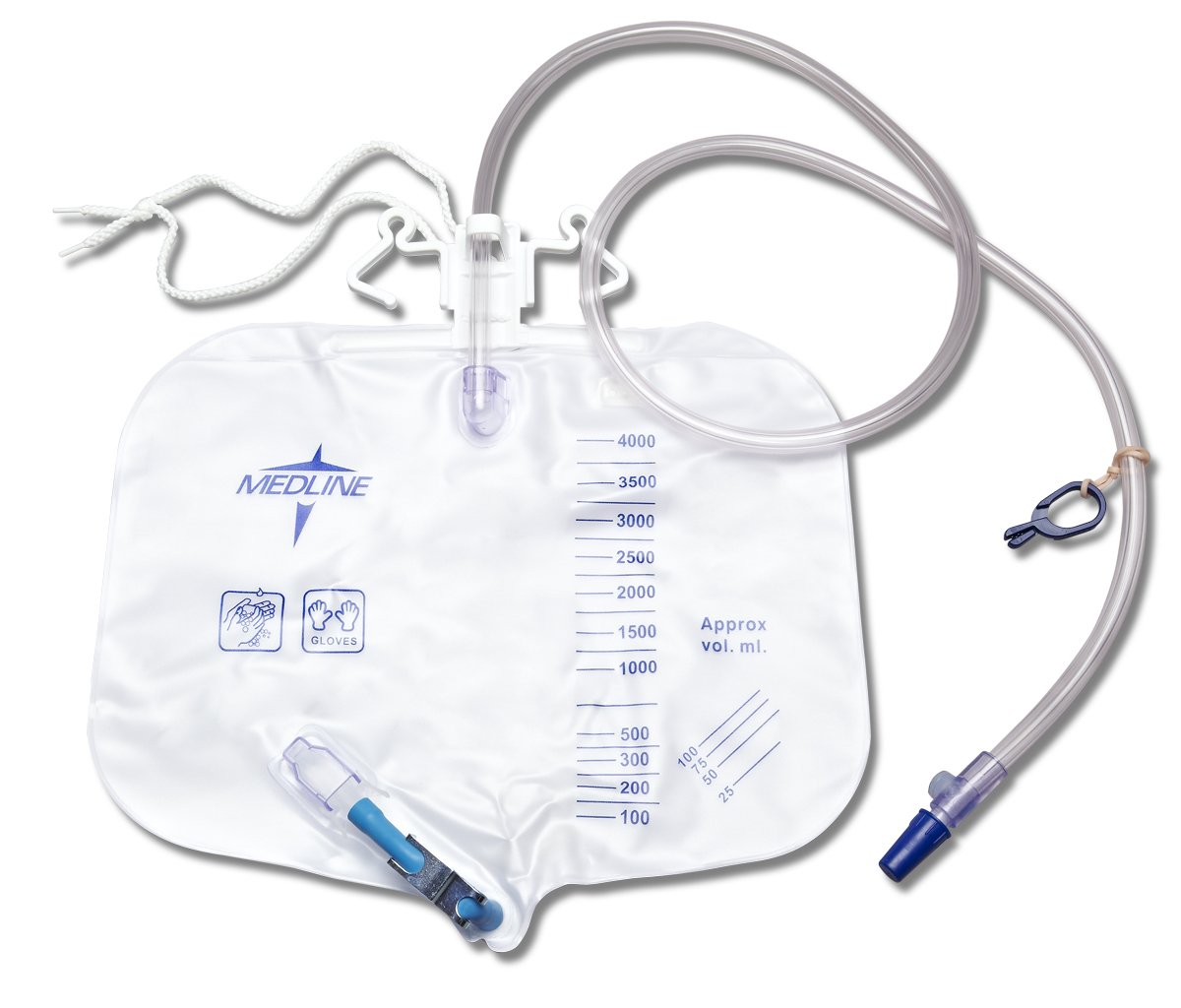
Medline Urine Bag Related Products
Product Accessories
- Drainage Bag Cap: This page includes both drain bag caps and catheter plugs that are great to have as replacements or backups.
- Foley Catheter Adhesive Patch: An adhesive device for catheter securement.
Complementary Products
- Intermittent Coude Catheter: A 14-inch, latex urethral catheter with a coude tip.
- Rusch Soft Simplastic Foley Catheter: A latex-free, indwelling catheter by Teleflex Medical. This item features a wide lumen and large eyelets to promote debris expulsion.
- Vinyl Wheelchair Drainage Bag Holder: A black, vinyl pouch that holds and conceals drainage bags. This item attaches to a wheelchair for user convenience.
Frequently Asked Questions
What is a urinary drainage bag?
Drainage bags are bags that work in conjunction with a variety of types of catheters to collect and store urine from the body. They are helpful to users with a wide variety of medical conditions related to urine retention and incontinence.
Should I use a drain bag or a leg bag? What's the difference?
There are pros and cons to each option. Leg bags attach to the leg so that the item is attached to the body and underneath clothing instead of placed in an external pouch or hung from an IV. This often makes these items more discreet and makes it easier for the user to walk freely during the day. However, leg bags can only be used during the day, while drain bags can be used overnight. Drain bags may also be of preference to users in wheelchairs as they can be attached to a wheelchair via a discreet carrying bag.
Where should this item be placed for overnight use?
To avoid urine from flowing back into the bladder as the user sleeps, drain bags should always be placed below bladder level and should never be put on the floor.
How often should a urine drainage bag be changed?
Each facility has special guidelines regarding how often they should be changed out. Oftentimes it is seen as a best practice to change them out every time the attached catheter is changed. They should always be changed out at least once a week for hygiene and to prevent UTIs. Also, urine bags should never be allowed to fill completely for user comfort and safety and should be changed out when they are 1/2 full.
Product Specifications
- Manufacturer: Medline
- Brand: Medline
- Product Numbers: DYNC1674, DYNC1674H, DYND15203, DYND15203H, DYND15205H, DYND15207, DYND15207H, DYND15210, DYND15210H, DYND15405, DYND15405H, DYND25205, DYND25205H, DYND25205S, DYND25405SH, URO53211, URO53211H
- Type: Drainage Bag
- Style: Anti-Reflux, Variety
- Drain Style: Metal Clamp
- Drain Type: Slide Tap, Metal Clamp
- Material: Vinyl
- Fabric Backing: No
- Color: Transparent
- Capacity: 2000 mL, 4000 mL
- Latex-Free: Yes
- Sterile: Varies
How Is the Urinary Drainage Bag by Medline Used?
Out of the Box Usage
- Use soap and warm water to wash hands for at least 20 seconds.
- Take the protective cap off of the bag. Ensure that the drainage spout is closed.
- Clean the end of the catheter and the connector end of the tubing with rubbing alcohol.
- Again, wash hands with warm water and soap for at least 20 seconds.

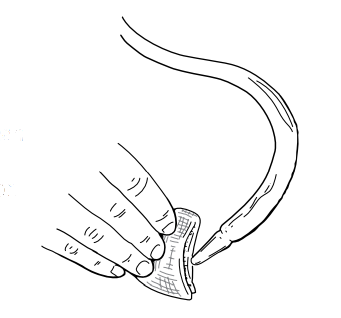
How Is the Medline Catheter Bag Drained?
Caution: A heavy or full catheter bag can cause discomfort and sanitary problems for users. Catheter bags should be changed out when they are half full or sooner. Also, the bag should always remain below the bladder as it is emptied to prevent backflow.
- Use soap and warm water to wash hands for 20 seconds or longer.
- Hold the bag by its top over the toilet or new container. Do not allow the bag to touch the toilet or container.
- Release the drainage spout and empty the urine.
- Use rubbing alcohol or an alcohol wipe to clean the drainage spout.
- Close the spout tightly.
- Again, use soap and warm water to wash hands for at least 20 seconds.


How To Clean This Product
- Follow the emptying steps above to drain the urine bag.
- Close the spout tightly.
- Use the tubing to fill the bag with warm water via sink or other water faucet.
- For about 30 seconds, slosh the water around in the bag to remove urine from the sides. Allow the water to sit for 20 minutes.
- Open the spout to empty the bag's contents.
- Once the bag is empty, hang the bag up to dry. Keep the spout pointed down and open.
- When it is time to re-attach a catheter, close the spout once more.

Product Manuals and Important Documents
 Medline Products Catalog contains product details.
Medline Products Catalog contains product details. FAQ Sheet contains answers to frequently asked questions and directions.
FAQ Sheet contains answers to frequently asked questions and directions. Product Manual contains use and care instructions.
Product Manual contains use and care instructions.
Product Videos
This Is Medline (2:36 minutes)
Informational Sources
 "Summary of Recommendations: Guideline for Prevention of Catheter-Associated Urinary Tract Infections." Centers for Disease Control and Prevention, 2009, https://www.cdc.gov/infectioncontrol/guidelines/cauti/recommendations.html. (Last Accessed September-28-2021)
"Summary of Recommendations: Guideline for Prevention of Catheter-Associated Urinary Tract Infections." Centers for Disease Control and Prevention, 2009, https://www.cdc.gov/infectioncontrol/guidelines/cauti/recommendations.html. (Last Accessed September-28-2021)
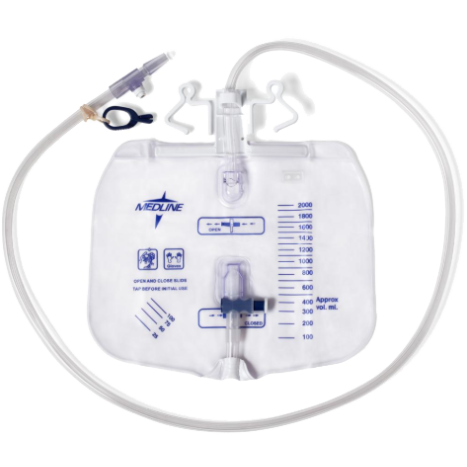
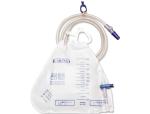

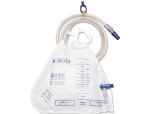

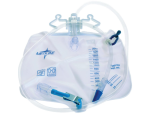

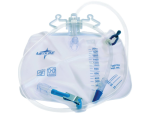

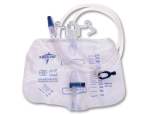

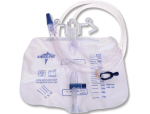

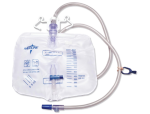

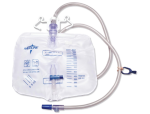

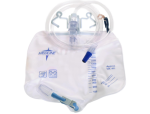

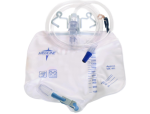

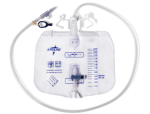


Login and Registration Form